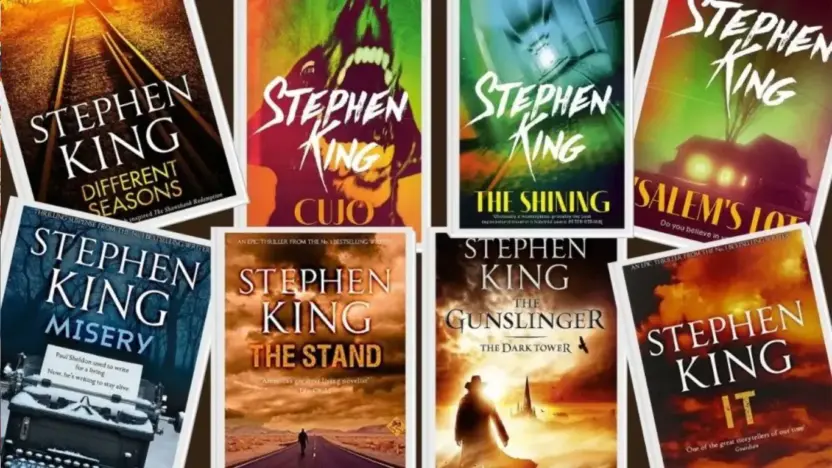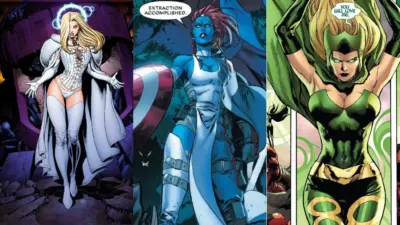Embark on a journey through the enigmatic and haunting world of Stephen King’s imagination in our blog, “Top 10 Masterpieces of Stephen King.” As we delve into the depths of his literary legacy, you’ll encounter a curated selection of King’s most exceptional works—each a masterpiece in its own right. King’s storytelling prowess transcends the ordinary, weaving intricate narratives that blur the lines between horror, suspense, and the supernatural. These ten chosen masterpieces not only exemplify his unparalleled storytelling but also talks about the profound and often disconcerting themes that characterize his writing.
Top 10 Masterpieces of Stephen King
The Shining (1977)
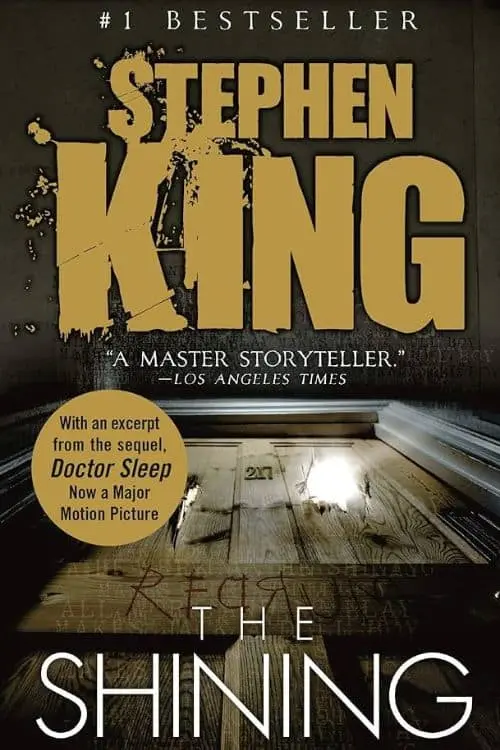
Published in 1977, “The Shining” is a chilling masterpiece by Stephen King. It tells the story of the Torrance family, who becomes the winter caretakers of the remote Overlook Hotel. As the hotel becomes snowbound, their isolation intensifies, and the supernatural forces within the hotel awaken. Jack Torrance’s descent into madness and violence under the malevolent influence of the hotel is a harrowing tale of psychological horror. The novel’s eerie atmosphere and exploration of the fragile nature of sanity have made it a classic in the horror genre.
Stanley Kubrick directed the iconic film adaptation in 1980, which remains one of the most acclaimed horror movies in cinematic history. The combination of King’s storytelling and Kubrick’s direction has solidified “The Shining” as a cornerstone of horror literature and cinema.
It (1986)
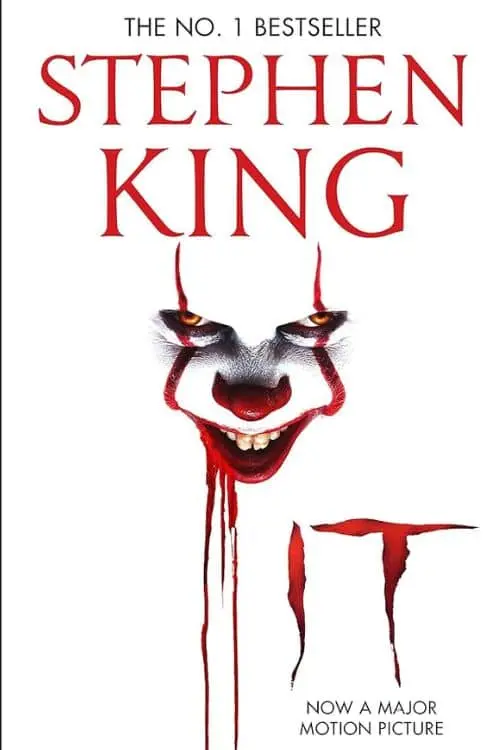
In the eerie town of Derry, Maine, “It” by Stephen King unveils a masterful blend of horror and coming-of-age storytelling. This gripping narrative introduces readers to a group of friends known as the Losers’ Club, who confront an ancient evil embodied by the shape-shifting clown, Pennywise. As children, they face the horrors of their town and battle the malevolent force. Years later, they return as adults to finish what they started.
“It” is a haunting exploration of fear, trauma, and the enduring bonds of friendship. The novel seamlessly weaves together the supernatural with the everyday struggles of its characters, a testament to King’s storytelling prowess. Adapted into a two-part film in 2017 and 2019, “It” has solidified its status as a classic in the horror genre.
Misery (1987)
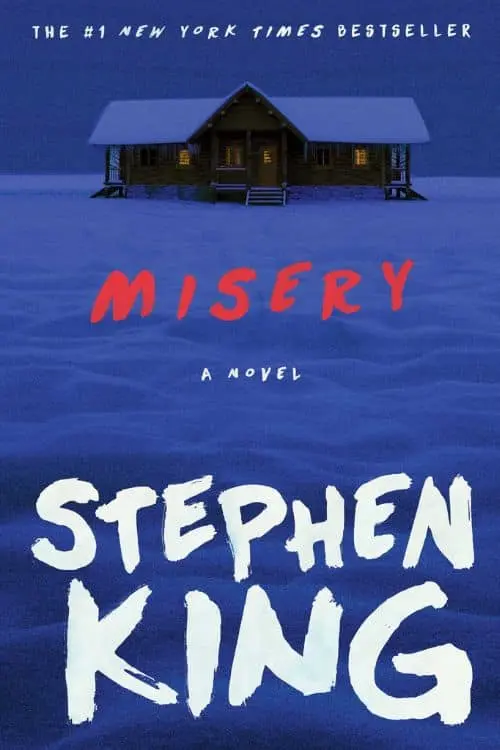
In “Misery” (1987) by Stephen King, the line between devotion and obsession blurs in a tale of psychological horror. The story centers on novelist Paul Sheldon, who, after a car accident, is rescued by his self-proclaimed “number one fan,” Annie Wilkes. What starts as relief turns into a nightmare as he realizes Annie’s intentions are far from benign.
It delves deep into themes of isolation, dependence, and the dark side of fandom. It explores the power dynamics between captor and captive, making readers question the limits of human devotion. The novel was adapted into a critically acclaimed film in 1990, with Kathy Bates delivering an Oscar-winning performance as Annie Wilkes, cementing “Misery” as a classic in both literature and cinema.
Carrie (1974)
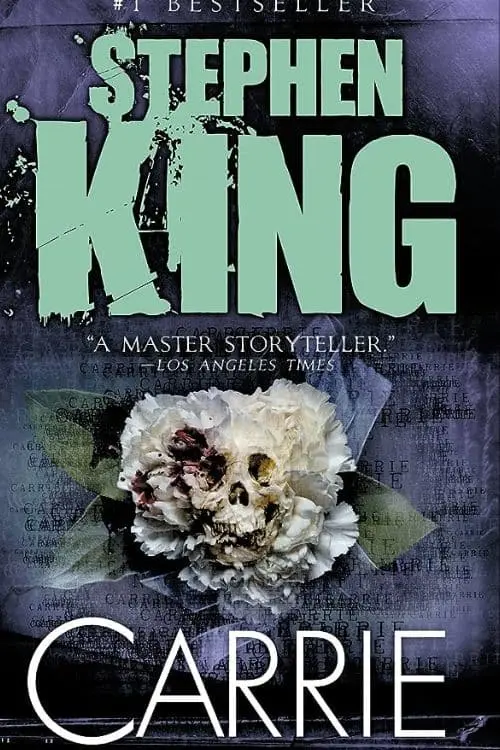
This book is a tale of high school cruelty and the terrifying consequences that follow when a bullied girl with telekinetic powers finally snaps. The novel introduces readers to Carrie White, who faces relentless torment at school. A cruel prank triggers her latent telekinetic abilities, leading to a catastrophic and bloody prom night.
Published in 1974, this is Stephen King’s debut novel, showcasing his talent for weaving psychological horror into everyday life. The story explores themes of isolation, cruelty, and the devastating effects of bullying. The novel was adapted into a film in 1976, directed by Brian De Palma, and has been remade several times, solidifying Carrie’s status as a cultural icon in the realm of horror.
The Stand (1978)

Presenting a world plunged into chaos by a deadly pandemic known as Captain Trips, “The Stand” is an epic tale exploring themes of morality, societal breakdown, and the resilience of the human spirit. Amidst the ruins, survivors emerge, drawn to two charismatic leaders: Stu Redman and Randall Flagg. They represent opposing forces in a post-apocalyptic landscape.
It delves deep into the psychological and moral challenges faced by its characters as they navigate a world decimated by disease and confront supernatural forces. While “The Stand” has not been adapted into a feature film, it received a television miniseries adaptation in 1994 and a new miniseries in 2020, ensuring its enduring relevance in the realm of apocalyptic fiction.
Pet Sematary (1983)
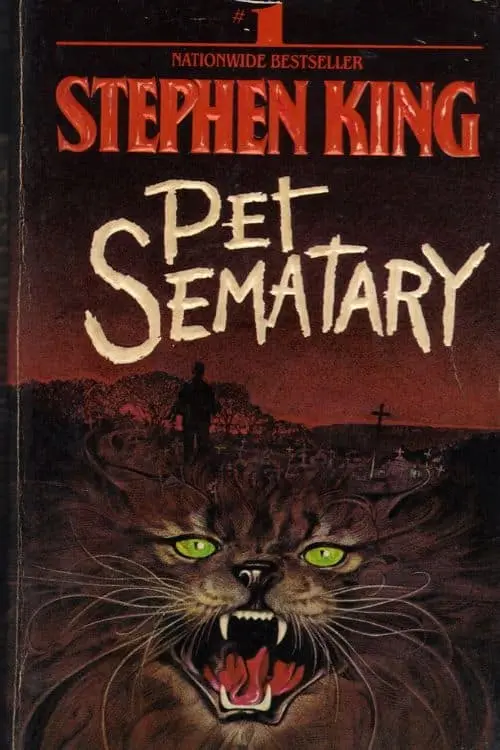
In the eerie depths of Ludlow, Maine, “Pet Sematary” (1983) by Stephen King unearths the darkest corners of human grief and desperation. The Creed family’s idyllic move takes a sinister turn when they stumble upon a hidden burial ground in the woods near their home—a place with the power to bring the dead back to life.
This tale plunges into the depths of sorrow, exploring themes of loss, the allure of resurrection, and the chilling consequences of tampering with the natural order. With a 1989 film adaptation and a 2019 remake, “Pet Sematary” has left an indelible mark on both literature and cinema, continuing to haunt the imaginations of readers and viewers alike.
Salem’s Lot (1975)
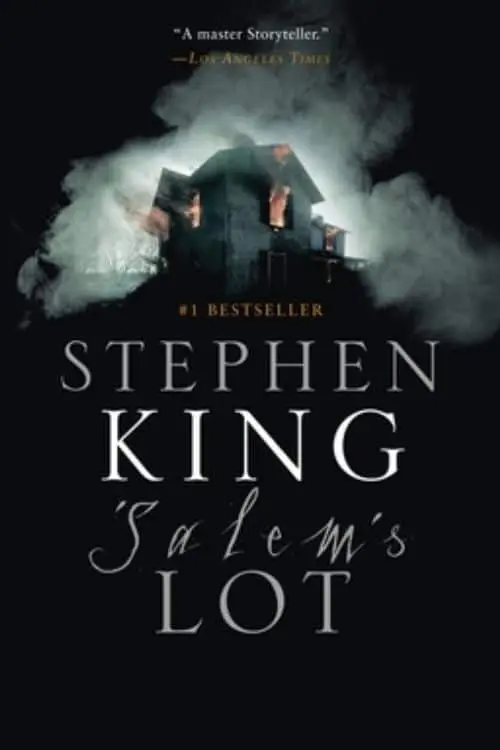
This 1975 novel transports readers to a seemingly quiet New England town where darkness lurks beneath the surface. In the eerie town of Jerusalem’s Lot, “Salem’s Lot” (1975) by Stephen King unravels a spine-tingling tale of vampiric horror. When writer Ben Mears returns to Salem’s Lot, he becomes entangled in a web of malevolent forces led by the enigmatic Kurt Barlow. As residents succumb to a vampire’s insatiable thirst, Mears and a small group of allies must confront the ancient evil threatening to consume the town.
While “Salem’s Lot” has not been adapted into a feature film, it received television miniseries adaptations in 1979 and 2004. King’s mastery of suspense and the supernatural is on full display in this timeless tale of terror.
11/22/63 (2011)
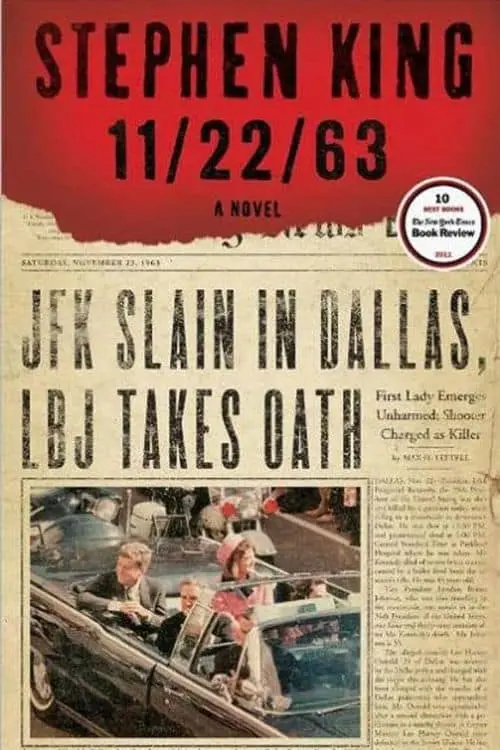
Meet Jake Epping, a high school teacher who stumbles upon a time portal that transports him to 1958. His mission? To prevent the assassination of President John F. Kennedy on November 22, 1963. Published in 2011, King’s narrative is a thrilling exploration of the consequences of tampering with the past.
In Stephen King’s “11/22/63” (2011), the past isn’t just history; it’s a portal to change the future. This 2011 novel takes readers on a mind-bending journey through time, blending elements of science fiction and historical drama. It did receive a television miniseries adaptation in 2016.
The Dark Tower Series (1982-2004)
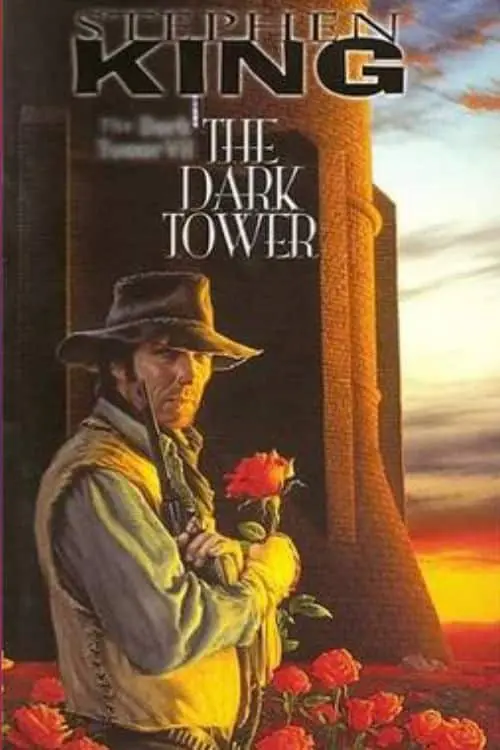
Spanning from 1982 to 2004, Stephen King’s “The Dark Tower Series” is a magnum opus that transcends traditional genre boundaries. This epic saga comprises seven books that meld elements of fantasy, horror, and Western into a unique and sprawling narrative. The series follows Roland Deschain, the last gunslinger, on his quest to reach the enigmatic Dark Tower—a place that holds the key to the fate of multiple worlds. Along the way, he assembles a group of companions, each with their own complex pasts and motivations.
While the series hasn’t been adapted into a single film, it has inspired related works, including a 2017 film adaptation of “The Dark Tower” and an upcoming television series.
Different Seasons (1982)
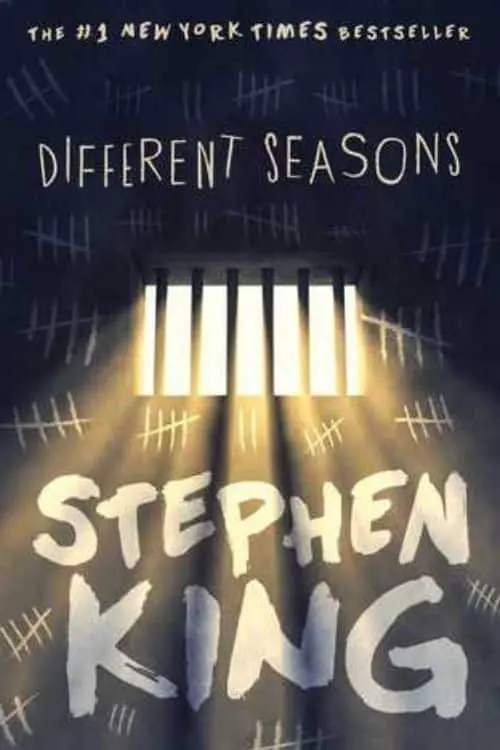
“Different Seasons” (1982) by Stephen King is a collection of four novellas that demonstrates King’s remarkable versatility as a writer. Published in 1982, this book features a diverse range of stories, each with its own unique theme and genre. Among them are “Rita Hayworth and Shawshank Redemption,” a tale of hope and redemption set in a prison; “Apt Pupil,” an exploration of darkness within a teenager; “The Body,” a coming-of-age story about a search for a missing boy; and “The Breathing Method,” a mysterious tale set in a New York City club.
While “Different Seasons” hasn’t been adapted as a whole, two of its novellas, “Rita Hayworth and Shawshank Redemption” and “The Body,” became iconic films, showcasing King’s storytelling prowess in both literature and cinema.
Also Read: Biography of Stephen King | King of Horror
